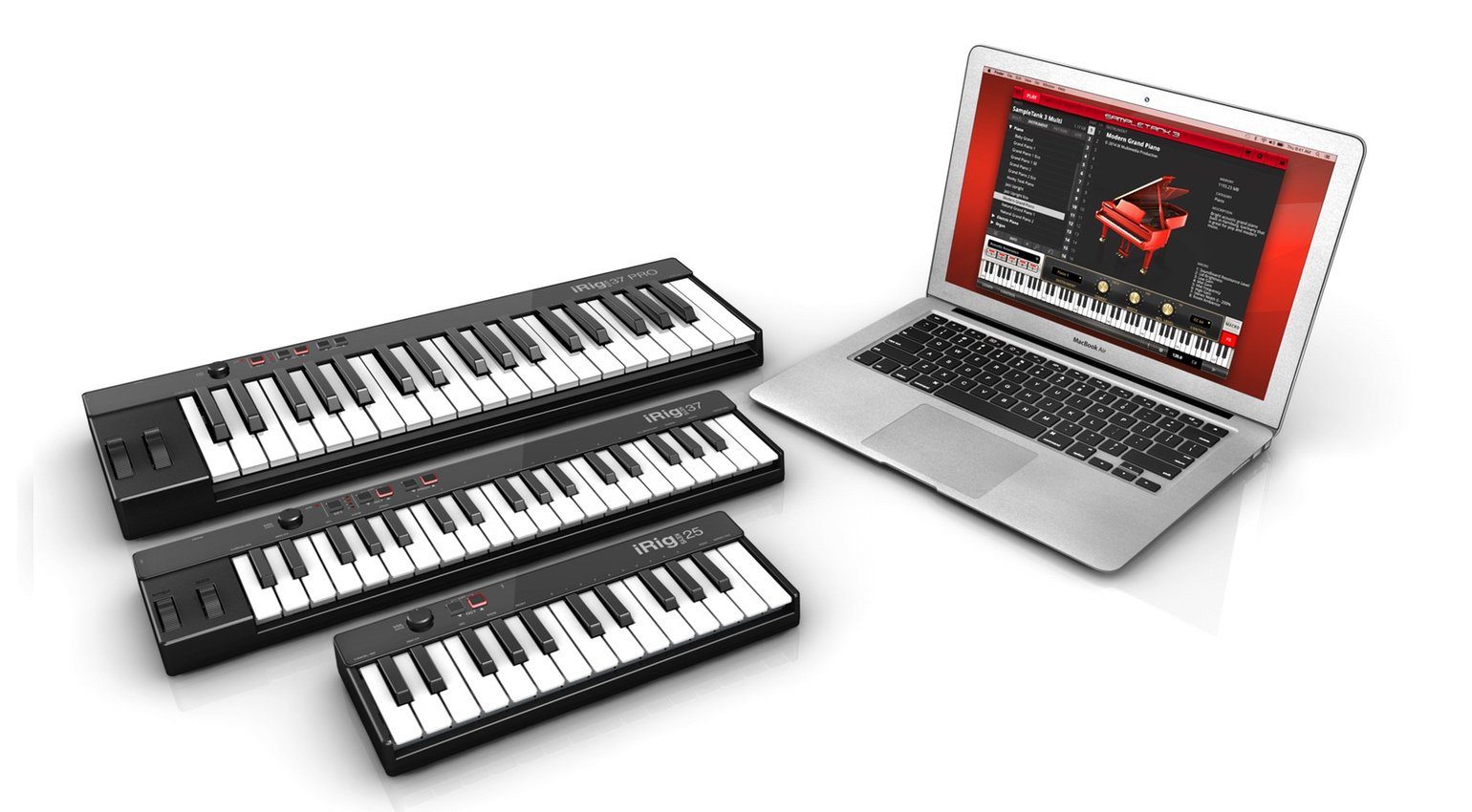

- #MEDIA KEYS CONTROLLER FOR MAC FOR MAC#
- #MEDIA KEYS CONTROLLER FOR MAC PORTABLE#
- #MEDIA KEYS CONTROLLER FOR MAC SOFTWARE#
- #MEDIA KEYS CONTROLLER FOR MAC PROFESSIONAL#
Set the device channels and other properties: Click Properties, then click the channels to use for transmitting and receiving audio. If you know the manufacturer and model, you can enter those.Ĭhange the device icon: Click the MIDI device’s icon to open the Icon Browser, select a different icon to represent the device, then click the new icon to close the Icon Browser.Ĭhange the device color: Click the color well, select a different color to use for the MIDI device, then close the Colors window.

In the Properties window, do any of the following:ĭescribe the device: Enter a name for the MIDI device the name appears in apps you use with the device. To set properties and add or remove ports for the MIDI device, double-click the device, or select it, then click the Device Info button in the toolbar. To add a new external MIDI device, click the Add button in the MIDI Studio toolbar. In the MIDI Studio window, click the Choose MIDI Configuration pop-up menu (it may show Default), then choose New Configuration.Įnter a name for the new configuration, then click OK. To view its ports, or to connect or disconnect devices, click the device’s disclosure triangle. To view information about a device, double-click the device. To filter which devices are shown, click the Show pop-up menu, then choose an option (such as Online or Connected). If a device isn’t connected, it’s dimmed.

Show List View : Devices in the configuration are shown in a list, organized by type (such as Interface or External Device). To view information about a device, such as channel properties and ports, and to add or remove ports, double-click the device’s icon. If a device isn’t connected, its icon is dimmed. Show Icon View : Devices in the configuration are shown as icons. In the toolbar, click the following buttons to change how the configuration is shown: In the MIDI Studio window, click the Choose MIDI Configuration pop-up menu (it may show Default), then choose the configuration you want to view. In the Audio MIDI Setup app on your Mac, choose Window > Show MIDI Studio. For more information, see the documentation that came with your devices.
#MEDIA KEYS CONTROLLER FOR MAC SOFTWARE#
Also check that any software provided by the manufacturer of the MIDI devices has been installed. If you’re using an interface device, connect any other MIDI devices you’re using to the interface. Note: Make sure your MIDI devices are connected to your Mac. You can use this configuration information for apps that work with MIDI, such as sequencers, to control your MIDI devices.
#MEDIA KEYS CONTROLLER FOR MAC PORTABLE#
Ultra Portable Mini USB MIDI Keyboard Controller Keystation 49 MK3. But none get the right mix of price and performance as this one. There are better performing keyboards on the market and there are cheaper keyboards on the market. Recommended for: The Novation Launchkey 61 MK2 is the best 61 key MIDI controller on the market if you want a mix of price and performance.
#MEDIA KEYS CONTROLLER FOR MAC PROFESSIONAL#
Professional 61 Key Usb Midi Keyboard Controller For Macbook Proġ-12 of 681 results for MIDI Controllers Bestseller in MIDI Controllers AKAI Professional MPK Mini MK3 25 Key USB MIDI Keyboard Controller With 8 Backlit Drum Pads, 8 Knobs and Music Production Software included. There’s a default configuration already created, but you can set up your own. If you use MIDI devices or a MIDI interface connected to your Mac, you can use Audio MIDI Setup to describe the configuration of your MIDI devices.
#MEDIA KEYS CONTROLLER FOR MAC FOR MAC#
Professional 61 Key Usb Midi Keyboard Controller For Macbook ProĪudio MIDI Setup User Guide Professional 61 Key Usb Midi Keyboard Controller For Mac Download.Professional 61 Key Usb Midi Keyboard Controller For Mac Download.


 0 kommentar(er)
0 kommentar(er)
